US Air Force special operations turboprops for passenger and reconnaissance aircraft
Light turboprop transport and passenger aircraft with a short take-off and landing C-145A Skytruck
Between 2009 and 2011 the special squadron received 16 light transport aircraft C-145A Skytruck (eng. Skytruck - Sky Truck), which is an upgraded version of the Polish multi-purpose twin-engine aircraft shortened takeoff and landing PZL M28.
The basis for the PZL M28 was the Soviet An-28, produced under license at the Polish aircraft factory PZL Mielec. A feature of the aircraft is a highly spaced two-span wing of a large scope, reinforced by profiled struts. With an aircraft length of 13,1 m, the wing span is 22,06 m. The wing is equipped with automatic and controlled flaps and ailerons, which in combination with a reinforced three-post landing gear provides excellent take-off and landing characteristics and the ability to base on unpaved airfields and provides the ability to fly at a minimum speed of 120 km / hours In the materials devoted to the description of the An-28, it is said that for takeoff and landing, a strip of up to 300 m in length is enough. But, apparently, we are talking about an airplane with a minimum weight. For a loaded C-145, landing requires a runway of 500 m in length, and for takeoff, 550 m.
In 2007, the PZL Mielec aircraft factory was acquired by the Sikorsky Aircraft Corporation, and soon work began to modernize the aircraft. Turboprop engines TVD-10S with a takeoff power of 950 hp. replaced by Pratt & Whitney Canada PT6A-65B 1100 hp engines with five-blade Hartzell propellers. The upgraded aircraft is equipped with AlliedSignal Standard Silver Crown avionics and RDR-2000 digital weather radar. Aircraft designed to support the activities of special forces are equipped with advanced navigation systems and equipment for night flights.
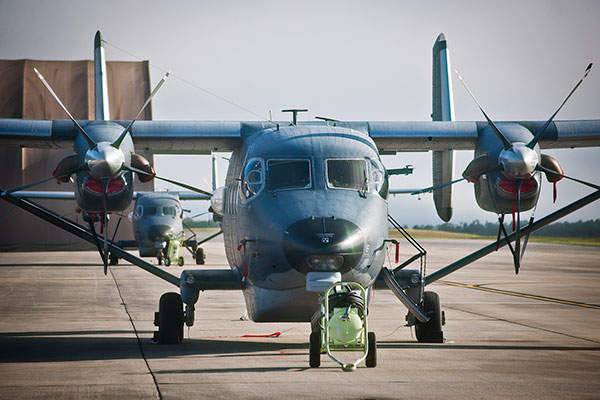
Currently, the owner of the enterprise is Lockheed Martin Corporation, which offers C-145A aircraft in the world market. According to American publications specializing in aviation topics, the production of C-145A is currently discontinued.
According to the data published by the manufacturer, the C-145А aircraft with a maximum take-off weight of 7500 kg has the largest payload in its class - up to 2300 kg. The mass of the empty plane is 4354 kg. The cargo compartment has a length of 5,26 m, a width of 1,73 and a height of 1,72 m. The aircraft can accept 19 passengers or 17 armed paratroopers. At the rear of the aircraft there is a cargo hatch with dimensions of 1,2x2,6 m, which facilitates loading and unloading of the aircraft and allows parachute dropping of cargo.
A "sky truck" with a fuel reserve of 2278 l has a flight range of 1590 km, and can be in the air provided that there is a reserve remaining fuel for 45 minutes - up to 6,2 hours. Maximum flight speed - 355 km / h, cruising - 244 km / h. The consumption of aviation kerosene is relatively small - on average 340 l / h. This is much less than that of helicopters, convertiplanes and most transport and passenger aircraft used by special forces.
The adoption of C-145A light transport and passenger aircraft for special aviation has reduced the cost of training fighters of reconnaissance and sabotage units and saved the resource of expensive aircraft and convertiplanes. The much cheaper C-145A, whose cost in 2009 amounted to about $ 11 million, in some cases acted with the same success as the specialized four-engine aircraft MS-130Р / Н / J and the CV-22B. The commissioning of the C-145A allowed the retirement of the extremely worn-out MS-130Е Combat Talon I, which entered service in the first half of the 1970's.
Operational story C-145A Skytruck aircraft are mostly associated with covert operations conducted by the Air Force MTR in different parts of the world and are not widely covered. These lightweight two-engine turboprops carried both civilian blue and white, and a dark gray military color, characteristic of the US Air Force.
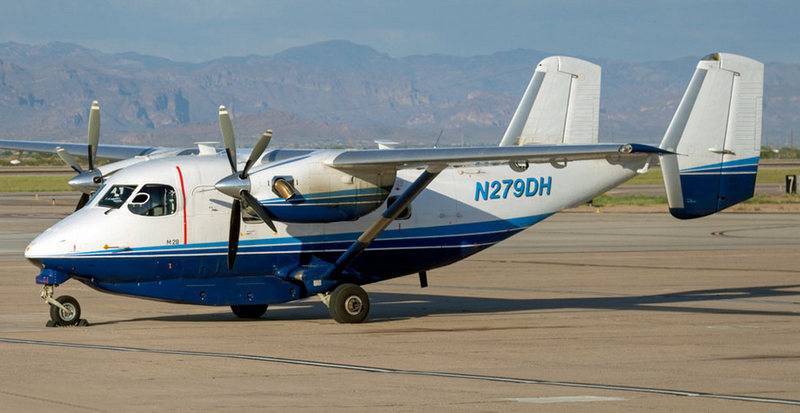
Very actively, C-145A aircraft were used by Americans in Afghanistan. American commandos appreciated his unpretentiousness and undemanding quality of the runway. Although C-145A was actively used in the past by special forces to deliver goods and personnel in areas where hostilities were fought, not a single aircraft was lost from enemy fire.
On December 18 of 2011 of С-145А with tail number 08-0319, belonging to the 318-th special operations squadron, as a result of erroneous actions of the pilot, made a hard landing and turned over on an unpaved time lane in the vicinity of the settlement of Valan-Rabat. On board were three crew members and four passengers. No one was seriously injured, but the plane was decommissioned after the incident.
Not so long ago it became known that the US Air Force command decided to replace the C-145A with two Dornier Do 328 turbo-propelled regional passenger airplanes (received the designation C-146A Wolfhound in the US Air Force), as well as the Pilatus PC-12 turboprops acquired over the past few years. (designation U-28A). It is difficult to say what caused the abandonment of aircraft, whose service in the Air Force MTR began in 2009. Officially, the reason for the cancellation of aircraft manufactured in Poland is not called, but as you can see from the messages that appeared earlier, the C-145A had problems with maintenance and a low level of operational readiness from the point of view of the US Air Force.
The U.S. Air Force Special Operations Command currently has approximately 10 upgraded C-145A Skytruck aircraft. These machines are operated at the 6 and 711 special operations squadrons deployed at the Duke Field Air Force Base in Florida. In 2019, information appeared that the United States handed over two light Estonian transport aircraft; several more countries expressed the desire to purchase used C-145A. According to the publicly released Sky Trucks information, refurbished repairs should be delivered to Kenya, Costa Rica, Nepal and Jordan.
Turboprop transport-passenger and ambulance aircraft C-146А Wolfhound
Aircraft C-146A Wolfhound (Dornier 328), which partially displaced the US Air Force MTR C-145A Skytruck, can not be considered a full replacement for the latter. The Dornier 328, which began operations in October 1993, is a typical regional passenger turboprop aircraft designed for use at aerodromes with a major runway. When designing it, the main task of the developers was to create an economical and most comfortable aircraft with low noise. The Dornier 328 fuselage has an unusual streamlined shape for machines of this class, optimized for high cruising speeds. The aircraft is able to reach a higher cruising speed (620 km / h) than most turboprop aircraft. According to the manufacturer, the Dornier 328 has the lowest noise level, the widest cockpit, the highest ceiling, the widest cockpit floor and the widest seats in his class.
The Dornier 328 is powered by a pair of Pratt and Whitney PW119C turboprop engines with 2180 horsepower that rotate the fully reversible Hartzell HD-E6C-3B propellers. Six-bladed propeller blades produce noticeably less noise compared to their counterparts used on other aircraft of this class. Dornier 328 is capable of operating from relatively poorly trained runways and is not as demanding of runway irregularities as jet passenger aircraft. The double “glass cabin” is equipped with the Honeywell Primus 2000 avionics kit. In addition to the standard set of communication and navigation equipment, avionics include: Primus 650 meteorological radar, duplicated transponder, proximity warning systems and collision avoidance with other aircraft. The length of the aircraft is 21,23 m. The wingspan is 20,98 m. With a maximum take-off weight of 14000 kg, the aircraft can take on board up to 33 passengers. Crew - 3 person. Range with emergency fuel reserve - 1850 km.
Currently, American special forces squadrons operate 17 modified Dornier 328, which in the US Air Force received the designation C-146A Wolfhound (English Wolfhound - Wolfhound). In this case, the US Air Force identification marks are not applied. The aircraft is designed to perform transport and medical evacuation tasks in the interests of the command of the MTR. It is capable of transporting up to 27 equipped military personnel.
The 328 Group company registered in Germany in 2009 received a four-year contract worth more than $ 200 million for the supply of spare parts and the conversion of passenger aircraft in accordance with the requirements of the US Air Force. Fifteen used aircraft were purchased from various civilian operators around the world, and two new ones were received from Sierra Nevada. Unlike aircraft used by civilian airlines, these machines are equipped with special navigation equipment that allows you to fly in conditions of non-working civil lighthouses and a closed communication system operating on radio and satellite channels. After the conversion, the C-146A was equipped with an Allied-Signal GTCP 36-150 auxiliary power unit, a set of self-service equipment on the ground, a Primus 870 weather radar, a global positioning system, military-standard state identification equipment, an advanced automatic landing system, and an additional spotlight to illuminate the runway and LED lights. The crew has night vision equipment. Several aircraft were converted into flying hospitals, with operating rooms for four patients. It is known that two C-146s were converted into flying command posts capable of operating in the air and on the ground. For this, various communication systems and information display facilities are installed on board. However, for all its advantages, the C-146A Wolfhound “special forces aircraft”, created on the basis of a regional civilian airliner, unlike the C-145A Skytruck, is not able to operate from unprepared sites and requires a runway twice as long.
C-146A aircraft are officially assigned to the 551 Squadron of Special Operations, based at the Cannon Air Base in New Mexico, to the 711 Squadron at the Herzog Field Air Force Base in Florida and to the 524 Squadron at the Caden Air Base in Japan. However, in fact, the main part of the Wolfhounds is deployed at foreign air bases and is intended for emergency transfer of special forces, transportation of goods, equipment and evacuation of the wounded.
Belonging to aircraft, painted white with blue and blue stripes, to the US Air Force give out only numbers. S-146A often work in parts of the globe where officially the US military does not participate in hostilities.
In January 2013, C-146A evacuated US special forces from the war zone in Gao, Mali, where they supported the French military in an operation against the North African wing of al-Qaeda. In November of the 2013 of the Wolfhound of the 524 Special Operations Squadron, they were spotted at Mactan Benito Ebuen airfields on Cebu Island and Edwin Andrews on Mindanao Island, owned by the Philippine Air Force. Then, in December 2015, photos of C-146 involved in a secret mission in Libya appeared on social networks.
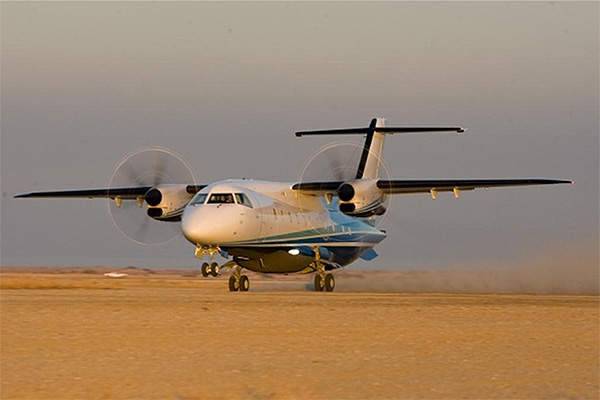
In addition to transporting special-purpose groups and their equipment, C-146A aircraft are also used in the interests of various American government agencies, and during visits by senior officials. So, on 4 on January 2017, during one of his last trips as US Secretary of State, John Kerry used a U.S. Air Force C-146A plane to visit the Ka Mau area. The airport serving the small town south of the Mekong Delta was too small for a C-32A turbojet to land here (the U.S. Air Force designates the passenger Boeing 757).
U-28A Draco multipurpose turboprop aircraft
Currently, the U.S. Air Force has two dozen U-28A Draco single-engine turboprop aircraft, which are adapted for the U.S. Air Force Command version of the Swiss Pilatus PC-12 NG.
Initially, U-28A general purpose aircraft were intended for the delivery of individual specialists, small special forces, CIA operatives and compact cargo to aerodromes located not far from clandestine operations areas.
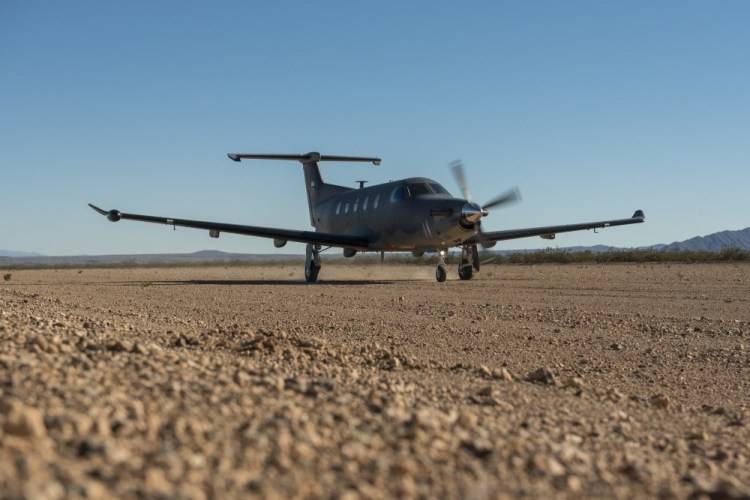
In general, a small aircraft with a maximum take-off weight of 4761 kg was fully consistent with these tasks. The U-28A is powered by one Pratt & Whitney Canada PT6A-67P turboprop engine with 1200 hp. The maximum flight speed is 540 km / h. Cruising speed - 502 km / h. Stall speed - 124 km / h. Flight range with one passenger on board - 3530 km. Range with one pilot and 10 passengers - 2 km. With a maximum load of 371 kg - 1024 km. "Pilatus" has good takeoff and landing characteristics, the minimum runway length required for takeoff is 1 m. The landing run is 206 m.
U-28A operations in the U.S. Air Force began in the 2006 year. In total, the US military department acquired 28 light turboprop transport-passenger "Pilatus". Subsequently, part of the aircraft was converted into reconnaissance, surveillance and target designation aircraft. In aircraft of special operations forces, these machines began to play the same role as the reconnaissance U-2 and RC-135 for the tactical aviation command. Depending on the configuration of reconnaissance equipment, an aircraft can carry out the following missions: radio engineering, radar and infrared reconnaissance, electronic warfare and target designation of cruise missiles, UAVs, helicopters and attack aircraft. Two variants of intelligence equipment installed on the U-28A are known:
- The U-28A HB-FOB is equipped with the Optoelectronic Sensor Management System (SMS) developed by Northrop Grumman. SMS system includes three computing systems based on Intel Pentium processors. The reconnaissance and surveillance equipment includes WF-160DS FLIR night-vision infrared sensors, an optical camera with a zoom lens from 20 to 280 mm, and a RISTA optoelectronic system (Reconnaissance, Infra-red Surveillance, Target Acquisition) and a laser target designator.
- The U-28A HB-FOG is equipped with Northrop Grumman WF-160DS IR / EO sensors, the Raytheon Sea Vue SV 1021 radar, and the Delfin Systems radio intelligence system operating in the frequency range from 30 MHz to 2 GHz.
Both reconnaissance versions have a real-time data transmission system over the air over a range of up to 200 km. Reconnaissance aircraft are also equipped with a full set of equipment that allows you to fly at night, regardless of external navigation support. The cost of the basic modification of the PC-12 NG aircraft in 2018 was $ 5 million. After installing special equipment, the cost of reconnaissance U-28A HB-FOB was $ 16 million.
The crew usually consists of two pilots, an electronic systems operator and a combat control officer. The cockpit of the PC-12 NG aircraft is equipped as standard with the Honeywell Primus Apex avionics system, which consists of four 10-inch high-resolution LCD screens.
Two screens act as the main information display for each pilot, two central are multifunction displays between the pilots. The Apex system has much in common with the cockpits of other business jets and was designed to minimize crew workload and provide increased safety when flying a single pilot.
Currently, U-28A aircraft for various purposes are operated in three squadrons of the Air Force MTR: 319 (Herbert Field, Florida), 24 (Herbert Field, Florida) and 318 (Cannon, New Mexico).
Some of the aircraft performing transport and passenger tasks are civilian in color, some are painted in dark color, adopted by the US Air Force.
Reconnaissance U-28A HB-FOG and U-28A HB-FOB are visually distinguished by wired portholes, antennas of communication and radio systems with additional containers at the bottom of the fuselage and a spherical head of the optoelectronic system.
U-28A airplanes for various purposes in the past have appeared in “hot spots” around the world. Several times, compact turboprop special-purpose aircraft fell into the lenses of photographs and video cameras at airfields, where officially they were not supposed to be.
At the moment, it is known about two crashed U-28A aircraft. In February 2012, a plane belonging to the 319 Squadron died in unclear circumstances in Djibouti, none of the four crew members on board survived. On 15 on March 2017, a U-28A reconnaissance squadron from the 318 squadron crashed during a training flight in the vicinity of Cannon Air Base in New Mexico. Three crew members were killed.
To be continued ...
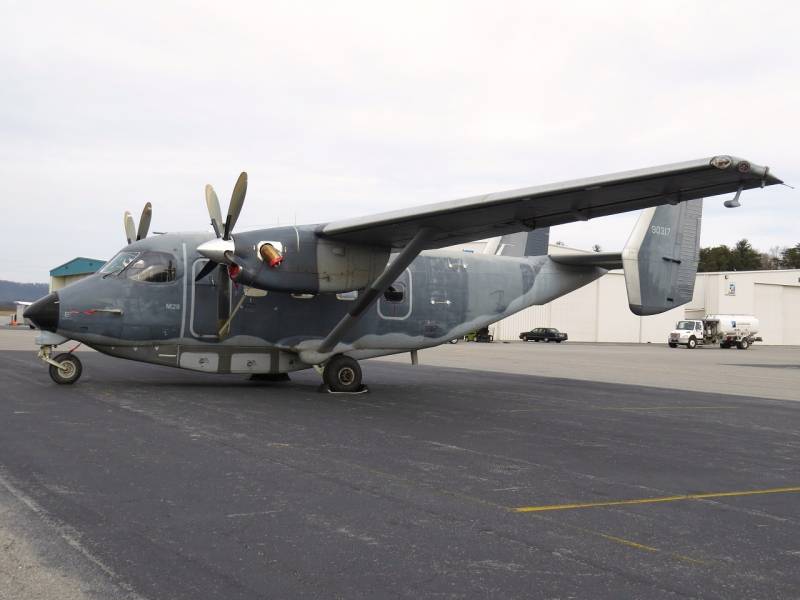
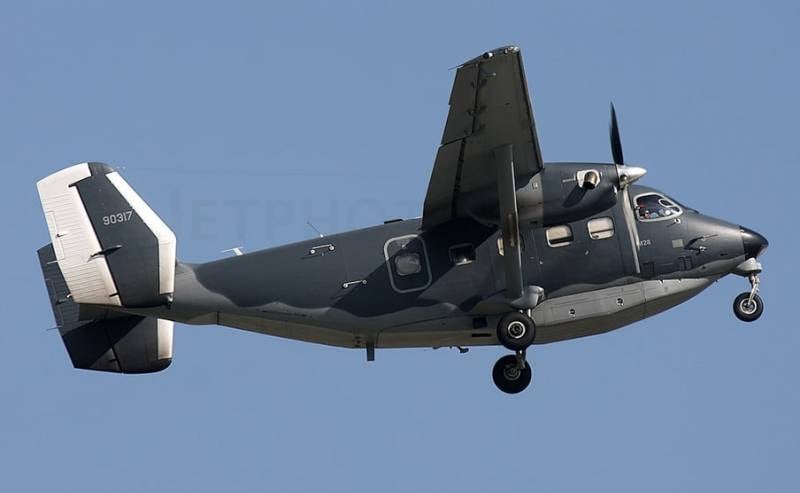
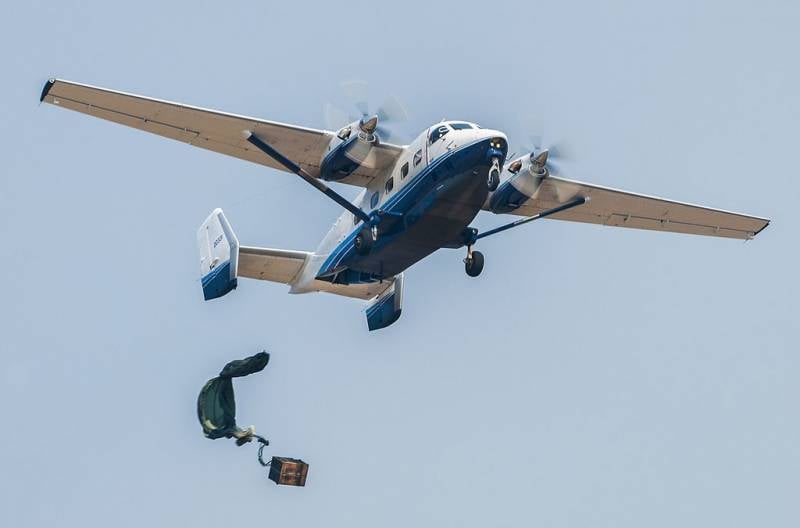
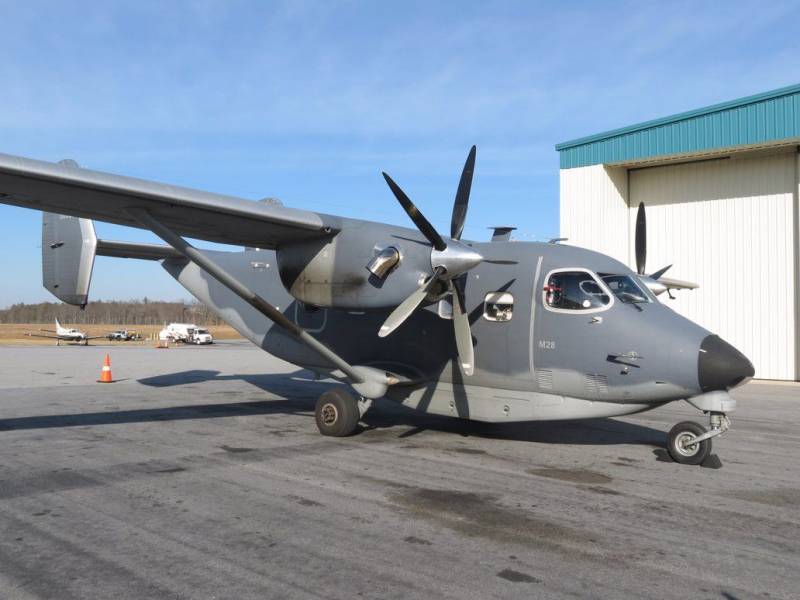
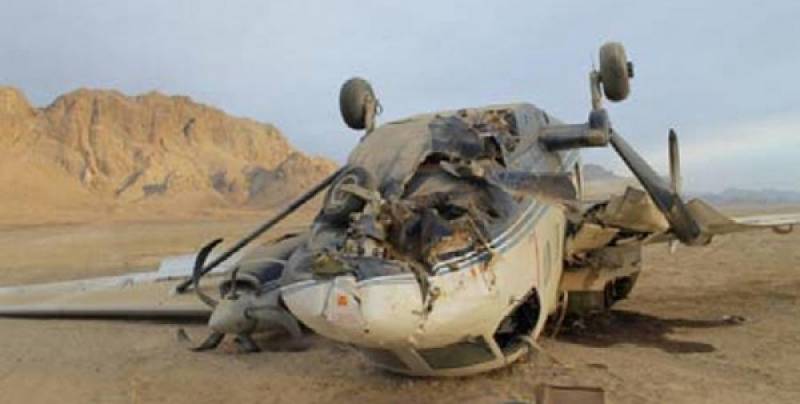
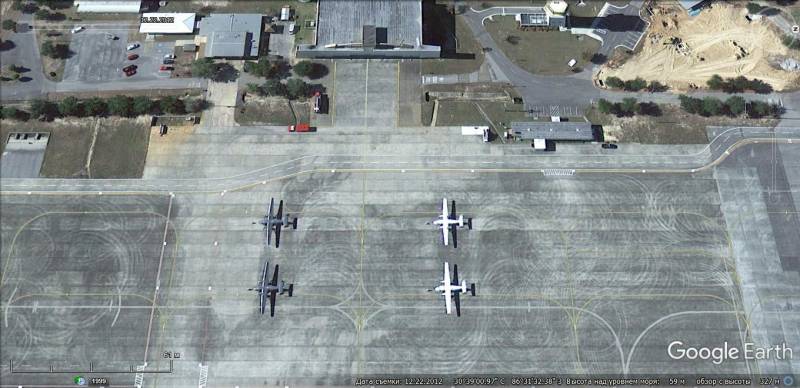
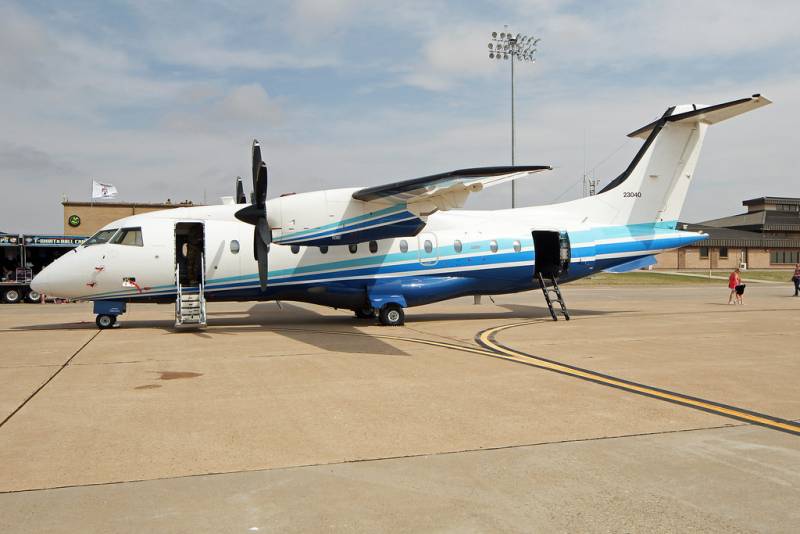
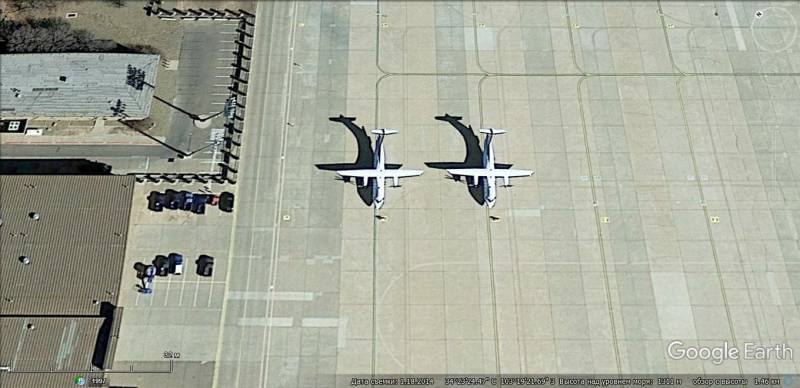
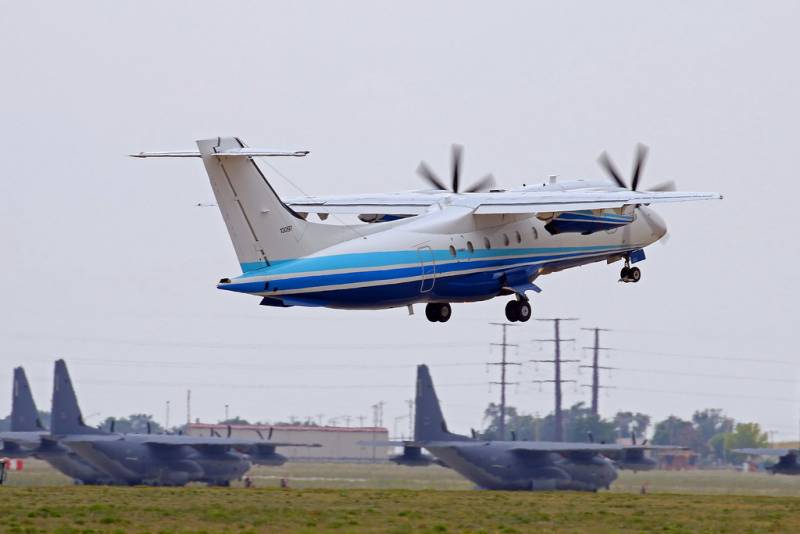
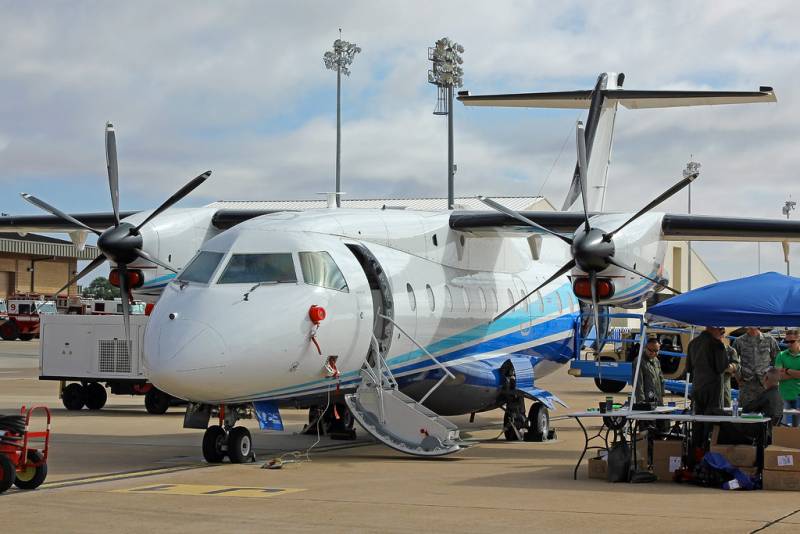
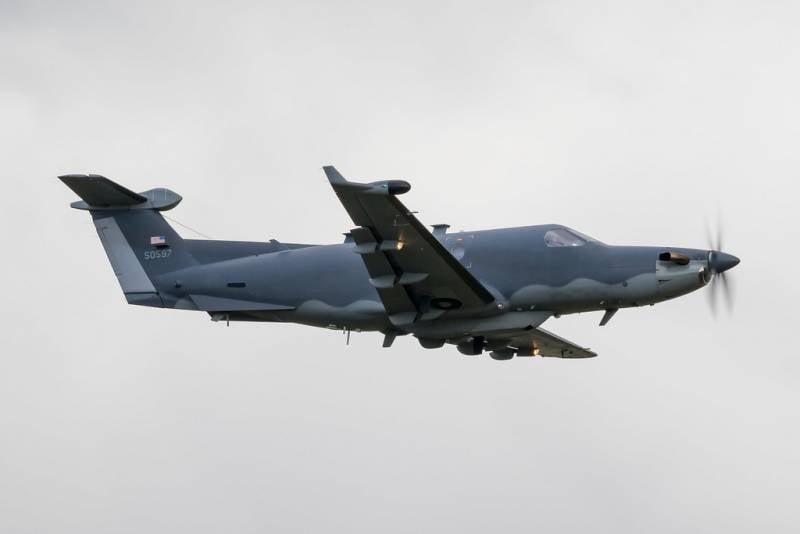
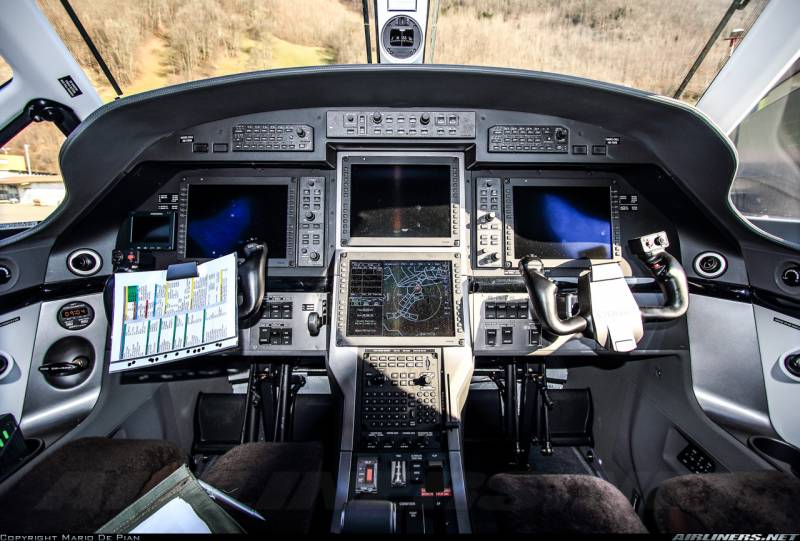
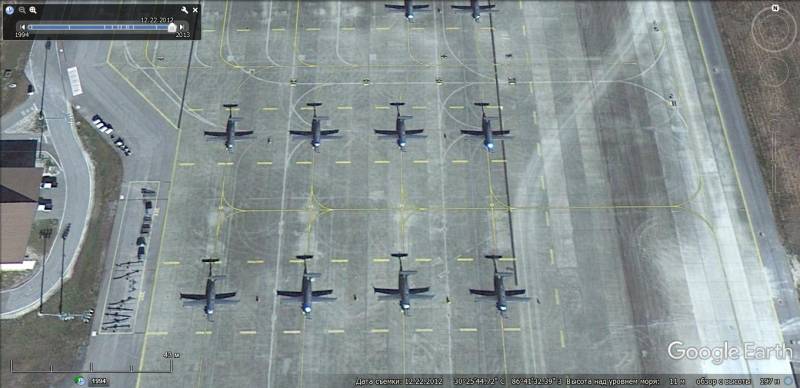
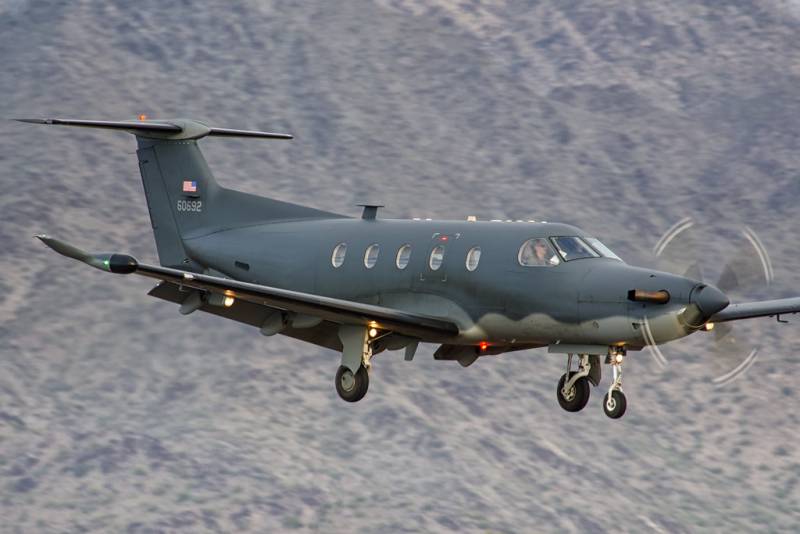
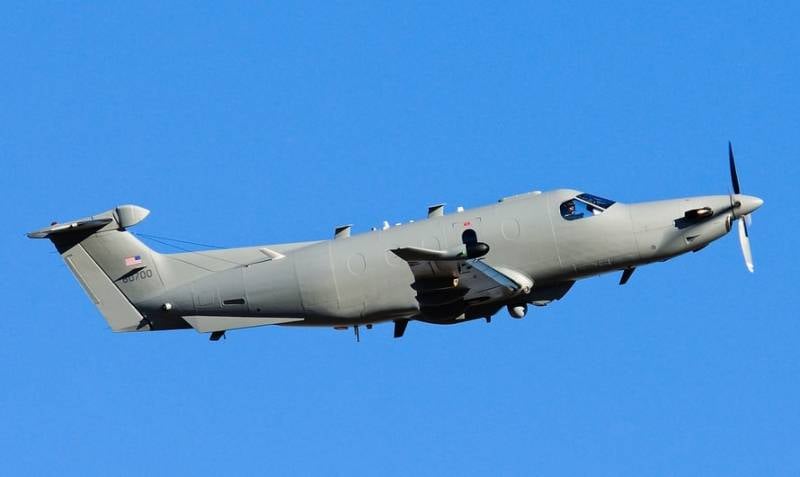
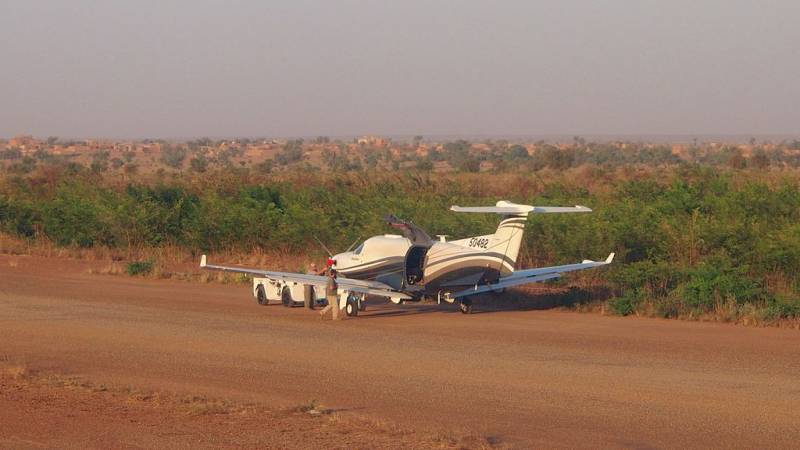
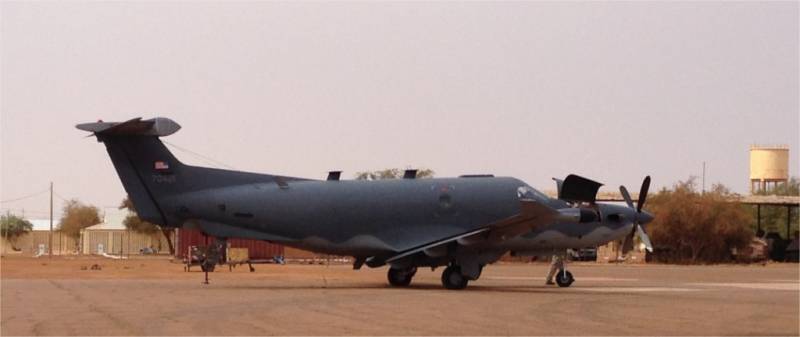
Information